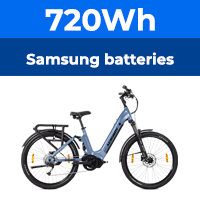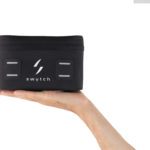 A while ago I built 10s 13p pack using LG MH1 cells. The battery was built in several stages from 8p upwards. The BMS, an all in one type couldn’t balance such a huge battery and my want to fast charge eventual the pack went out of balance.
A while ago I built 10s 13p pack using LG MH1 cells. The battery was built in several stages from 8p upwards. The BMS, an all in one type couldn’t balance such a huge battery and my want to fast charge eventual the pack went out of balance. Then upgraded the BMS, fitting a smart BMS allows’ monitoring of all the cells. That couldn’t resolve the issue either. No surprise the charge were frequent at 7.5 amps.
Present use a battery equaliser that moves the voltage between cells up to 3 amp. It’s an effective balancer that is completely regulated at the charger and from a chargers’ voltage.
I now charge at 8.10 amps and the pack balances perfect and in super fast real time. As quick voltage rises the equaliser pulls down and brings up those lower cells.
Soon I’ll no longer ride with a standard BMS. These are unnecessary and eventual I’ll only ride with cell loggers and a circuit breaker plugging the equaliser in during a charging session.
Anyone else using this system?





